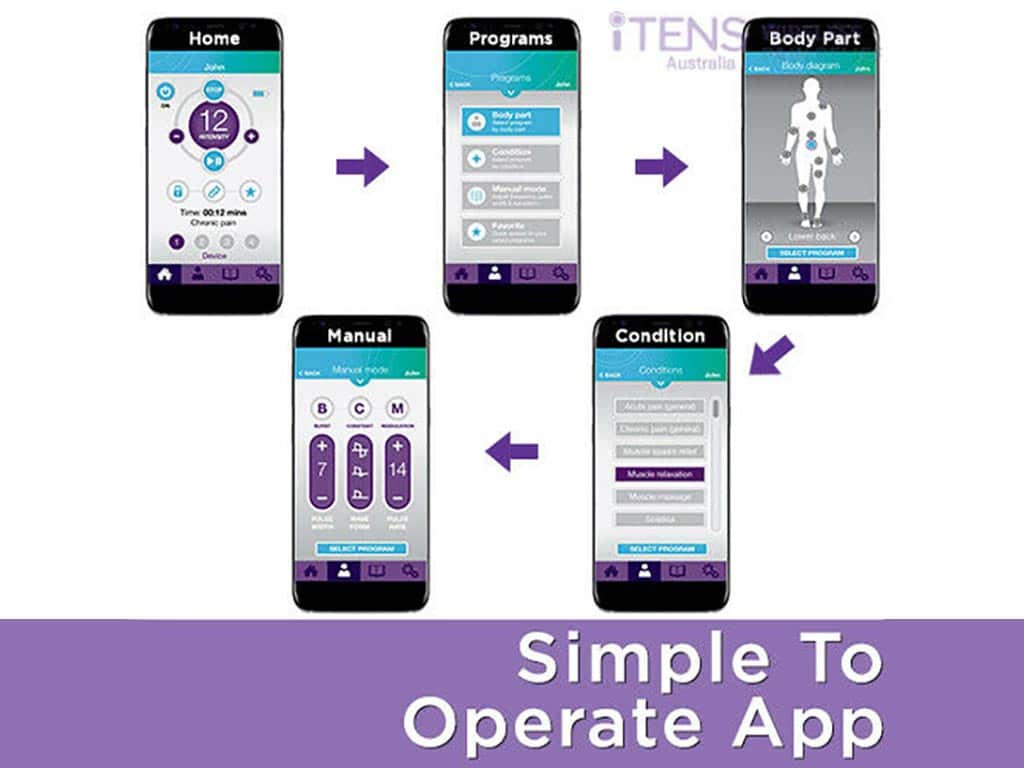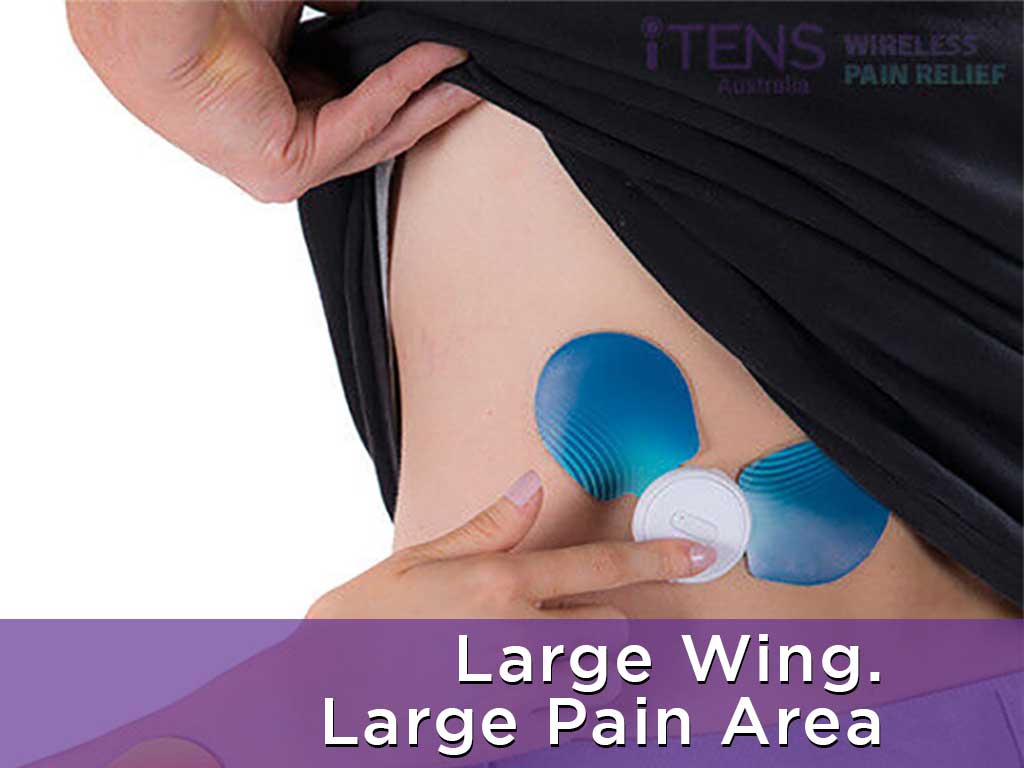
Transcutaneous Electrical Nerve Stimulation (TENS) is a valuable tool for pain management. It helps relieve various types of pain from acute and chronic conditions through mild electrical impulses. Moreover, it can also positively affect the muscles. A TENS unit for muscle recovery is one of the benefits the device can offer. It facilitates faster rehabilitation of damaged muscles or injuries by increasing blood circulation. Usage of the device entails adjustment of the frequency and intensity to find effective relief.
Muscle recovery is a crucial aspect of any fitness regimen. It allows the muscles to recuperate after a workout or injury. One effective tool that can aid in speeding up this process is a TENS unit. It not only relieves soreness but also helps improve muscle functions. In this article, we will delve into the functions of TENS for muscles, how it alleviates pain, and how to operate the device effectively.
What is a TENS Unit for Muscle Recovery?
A TENS unit is a portable battery-powered unit that sends low-voltage electrical currents to the body. It consists of a handheld control unit that delivers the pulses and adhesive electrode pads. Standard TENS utilise lead cables to connect the unit to the pads. On the other hand, wireless TENS machines incorporate Bluetooth technology to control the device from a smartphone.
The TENS unit for muscle recovery features programmable settings of frequency, pulse width, and intensity. This enables individuals to adjust the electrical stimulation based on the condition of their muscles or level of pain. Additionally, many TENS machines provide pre-set modes for various ailments. These programs have fixed parameters, making it easy to start therapy by selecting from the menu options.
While TENS may help boost healing, it is important to note that it only provides short-term pain relief. It does not cure the cause of the pain, especially for chronic ailments or degenerative conditions. Moreover, the effects of TENS may vary with each individual. Therefore, it is best to consult a healthcare professional for guidance.
Advantages
- TENS is a drug-free option for those who want to relieve sore muscles without taking medications.
- The device provides targeted relief through personalised electrode placement in the affected area. This process is non-invasive and risk-free.
- The adjustable settings of the device allow finding the most optimal results.
- There are no side effects to using TENS for chronic muscle pain or other conditions.
- Individuals can combine TENS therapy with other pain relief methods to enhance their effectiveness.
- Portable devices provide a convenient option to manage pain at home.
- Some devices offer several massage modes, such as tapping, kneading, and deep tissue massage.

How a TENS Unit for Muscle Recovery Works for Relief
There are various mechanisms by which a TENS unit for muscle recovery provides relief. One of the key ways is to increase blood flow to the swollen area. The electrical pulses stimulate the motor nerves to dilate blood vessels, delivering more blood and oxygen. Consequently, it helps reduce inflammation and alleviate muscle tension.
The second way TENS works is to block the transmission of signals. High-frequency (HF) TENS (50-120 Hz) stimulates the sensory nerves to override pain signals going to the brain by closing their pathways in the spinal cord. It is characterised by strong yet comfortable tingling sensations. Furthermore, it necessitates an incremental increase of the intensity level to prevent habituation to the electrical stimulation.
Lastly, a TENS machine can utilise low-frequency (LF) stimulation (1-10 Hz) to trigger the release of endorphins, the natural painkillers. Endorphins are neurotransmitters that bind to pain receptors, inhibiting them from sending pain messages. This mechanism involves stimulation at the motor level and gives longer-lasting pain relief effects than HF TENS.
Frequencies and Intensities
A thorough understanding of TENS machine settings can maximise the effectiveness of the therapy. Frequency refers to the number of electrical pulses delivered per second. As mentioned above, low and high frequencies have different effects on the nerve fibres. LF TENS is suitable for chronic pain, while HF TENS is ideal for acute injuries and other short-term pain conditions.
Intensity is the strength or amplitude of the electrical pulses, measured in mA (milliamperes). It can be adjusted to a comfortable level for each individual. Increasing the intensity produces stronger sensations. Thus, users may adjust it to suit mild to extreme pain.

How to Operate a TENS Unit for Muscle Recovery
Operating a TENS unit for muscle recovery involves a few key steps. Start by attaching the electrode pads to the pain area or targeted muscles. Make sure the skin is clean and dry before applying the pads to maximise their conductivity. Next, turn on the TENS unit and select the appropriate settings or treatment modes.
It is important to start with a low intensity and gradually increase it to achieve the desired therapeutic effect without causing discomfort. Finally, allow the TENS machine to run between 15 to 30 minutes per session. As the session concludes, carefully remove the electrode pads and store them properly.
While operating a TENS unit is fairly straightforward, it is crucial to follow safety guidelines to avoid unwanted side effects. In particular, be cautious not to place electrode pads directly over broken skin, varicose veins, infected skin, or areas with reduced sensations. It is also important to avoid placing the pads over the eyes, chest, and throat, as this may pose potential risks.
Electrode Placement
The placement of TENS electrodes for muscle recovery is dependent on the specific muscle or area of the body being targeted. However, there are some general guidelines to follow. Place the pads on the specific muscle group experiencing soreness to the muscle belly. Additionally, avoid placing the electrodes directly over bony prominences or joints.
The pads should be at least one inch apart to prevent overlapping sensations. Moreover, the distance between the electrodes should be adjusted based on the size of the muscle group being treated. Closer placement provides a more concentrated stimulation, while wider gaps spread the stimulation over a larger area.
Conclusion
Using a TENS unit for muscle recovery can be an effective and safe way to relieve pain and promote healing. The portable device sends small electrical pulses to the body using electrodes placed on the skin. This stimulates the nerves to boost circulation, block pain signals, and release endogenous opioids. Furthermore, it is a non-invasive and drug-free treatment approach. By understanding the frequencies and intensities of the TENS machine, users can personalise their treatment for optimal results.
The device is easy to use with a few simple steps. Always place the electrodes on the targeted area and start with the lowest setting. Following proper operating procedures and electrode placement guidelines is important to ensure safety and avoid potential risks. For best results, consult a healthcare professional before using TENS therapy. TENS machines are available in stores and online, such as the wireless iTENS at iTENS Australia.







